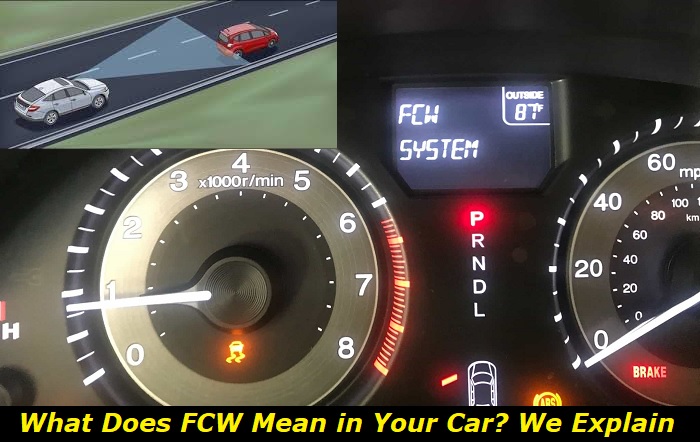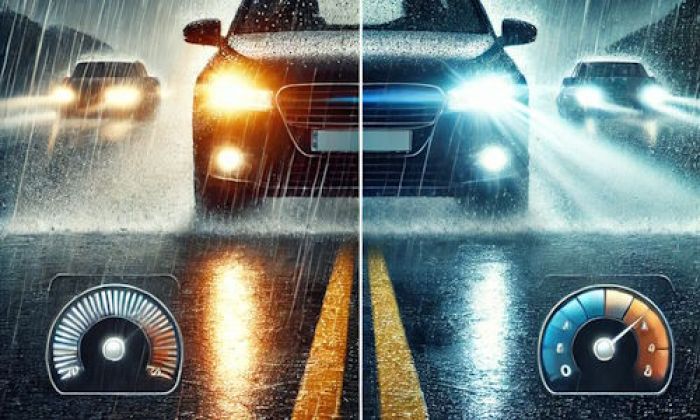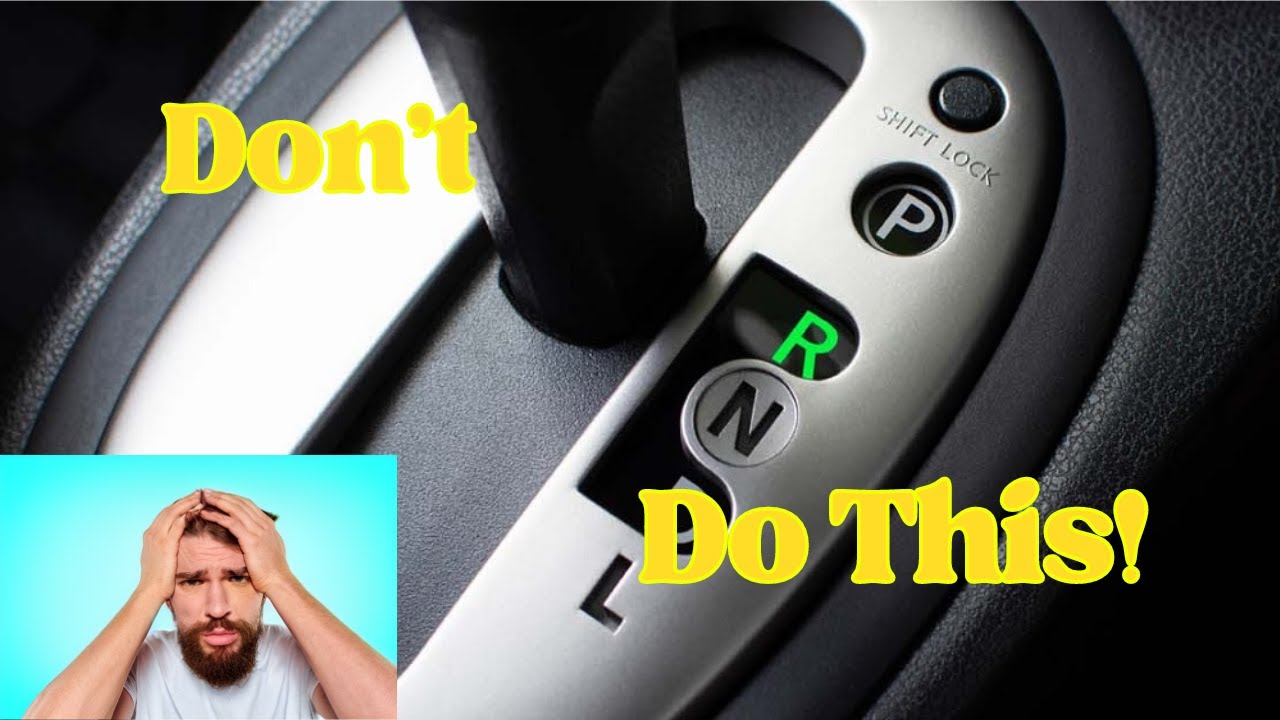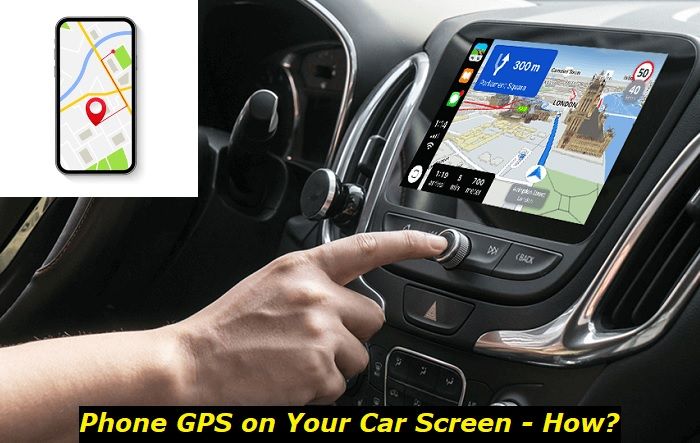FCW is an acronym for Forward-collision warning, a safety system that helps you minimize the risk of rear-end collision. The FCW system in your car uses multiple components, including a sensor and camera, to scan and detect obstacles and vehicles on the road ahead of you. If the system detects a vehicle, stationary object, or pedestrian, it warns you of an imminent rear-end crash.
While driving, the FCW system measures the distance between you and the object ahead and warns if you get too close. The system ensures you do not get too close to make it impossible for you to brake effectively.
Since the introduction of the FCW feature, there has been a reduction in rear-end collisions by 27 percent.

In modern vehicles equipped with emergency braking features, the forward-collision warning can even help you engage emergency brakes to keep you from crashing.
Despite the excellent success stories, the FCW feature is prone to failure. The following are some reasons why this system could fail.
Causes of Forward-Collision Warning System Failure
When FCW fails in your vehicle, an "FCW System Failed" message will appear on the cluster panel. This message means the forward-collision warning has developed a problem and may not function properly. You will not receive an alert in case of an imminent crash.
Have you experienced an "FCW System Failed" message and do not know what caused it or what to do next? Read on for several causes of the Forward-Collision Warning System failure.
1) Bad Weather
When you drive beyond the abilities of the forward-collision warning system, the FCW will not warn you of an imminent rear-end crash. The sensor and camera in your vehicle cannot scan the road ahead in case of heavy rains or snow. These conditions limit the distance your scanners can reach. The same will happen if you drive during a foggy, misty, or stormy day.
Driving in bad weather can also cause the FCW system to interpret the inability to see far as an obstacle. When this happens, the system will alert you of the danger of a crash and apply emergency brakes if you keep driving. When the system malfunctions because of a misinterpretation, you can switch the engine off and let the system reset once the road clears.
Other examples of driving beyond your FCW abilities include driving through a poorly lit tunnel, going up and down hills, and driving on a narrow, twisty road.
Although there could be other factors causing the problem, it is advisable to pull over and switch off the engine for the system to reset. If the error clears, your FCW is failing because of the bad weather.
2) Problem with the FCW Sensor
When your forward-collision warning fails, it is primarily because of a sensor or the camera.
If you have been on a dusty, muddy, or snowy road, the sensor and camera could get dirty and fail to work correctly. You should always wash your car after traveling on roads that could cause your FCW system to fail.
The FCW can also fail because the camera or sensor developed a technical problem. There is no standard quality for all manufacturers to follow when building and installing these safety systems. Therefore, your sensor and camera could ask for replacement even after you have taken excellent care of your vehicle.
If the FCW starts sending a warning for imminent collision when there is no obstacle ahead, you have to fix it immediately.
3) Electrical Problems
If your sensors and camera are working correctly, yet your forward-collision warning system is not, you could have issues with the wiring and connections in the system. If wire sleeves break, the cables could corrode and interfere with the flow of current. Rodents could also eat up your wire insulation and cause the FCW system to malfunction.
Another possible electrical problem is loose wires and connections. This can cause the system to fail intermittently. Your forward-collision warning system could also fail because your grounding cable is loose or has a short. Electrical problems also originate from burned fuses.
To eliminate this problem, you must perform a complete electrical diagnosis.
4) Malfunctioning ECU
A malfunctioning Engine Control Unit is difficult to diagnose. However, if you have checked every other possibility and determined they are not the problem, you must check the ECU. The ECU is the last place to check if your wiring and sensors are working correctly.
The Control Module can fail for several reasons. If water or humidity enters the command center, the whole system can fail. The FCW system can also suffer damage from a previous accident. An accident also hurts the sensor and camera since they are in the farthest front of your vehicle.
The system could also suffer from poor engineering or poor installation by the manufacturer. If your car came from the showroom with a problem waiting to happen, it could happen anytime, and your FCW fails.
The easiest fix for this problem is to reset the system by removing a fuse or disconnecting the battery for at least 15 minutes. Read your owner's manual for the specific time of resetting your FCW system.
If the reset does not fix the problem, you know there is an underlying problem that requires a professional to diagnose and repair it.
Quick Fixes to FCW Malfunction
- The first step to eliminating this problem is cleaning your vehicle's rear end. This will remove all the dirt and dust covering the FCW sensor and camera.
- The next step is to restart your engine to reset the FCW system. Restarting the engine will erase the error message if the problem comes from the dirty FCW sensor and camera.
- If restarting the engine does not reset the system, try removing a fuse or disconnecting the battery for at least 15 minutes. This will reset the ECU and software glitches causing the problem.
- If none of the above works, visit a professional mechanic for a proper diagnosis. You can go to your local repair shop or visit your dealership. This is mostly advisable if your vehicle warranty is still active. Your dealership can cover all the repairs for free.
Is It Safe to Drive with a Failed FCW?
By now, you know that the FCW is essential. If it fails in any way and can no longer alert you in case of an imminent crash, it puts you and your passengers at risk of an accident. This means you are your safety system and cannot afford to fail too.
Although you can drive as far as you wish with the faulty FCW, it is unsafe. You should fix the system to ensure the safety of you and other road users. Since you have to drive to the dealership to diagnose and fix the forward-collision system, you should be overly cautious on the road.
How to Drive Safely When Your FCW Fails
The forward-collision warning system is an excellent safety feature that improves your confidence on the road. Although this is a great invention, it is not 100 percent reliable. To stay safe while ensuring the safety of other road users, you should be aware of your environment - inside and outside the vehicle.
If the FCW system in your vehicle fails, stay safe by following these tips.
- Keep your eyes on the road and avoid distractions inside and outside your car.
- Maintain a safe space between you and the vehicle in front. To keep a safe distance, maintain a 4-second distance from when the car ahead passes a reference point to when you pass the same point.
- Do not drink and drive.
What Is the Cost of Fixing a Failed FCW?
The cost of repairing a failed forward-collision warning system depends on the extent of the problem. While cleaning a camera or sensor could cost only around $75, the system could demand up to $1,500 or more. It is not cheap to work with this system - you should take good care of it to save money and time.
The money you spend will depend on your vehicle's make and model and the damage you are fixing. An economy car will not cost as much as a luxurious model. Furthermore, some vehicle brands require you to visit your dealership or specific repair shops to diagnose such problems.
Sometimes, the problem might be minor such that you can fix it in your home garage. However, you must have the right equipment to avoid creating more problems for your vehicle. The kit you need includes a scanner you use to recalibrate the FCW system. It is not cheap to own the right scanner, and not many home garages have it.
If this is your case, you might have no other option but to take your car to the repair shop for diagnosis and repair.
About the authors
The CarAraC research team is composed of seasoned auto mechanics and automotive industry professionals, including individuals with advanced degrees and certifications in their field. Our team members boast prestigious credentials, reflecting their extensive knowledge and skills. These qualifications include: IMI: Institute of the Motor Industry, ASE-Certified Master Automobile Technicians; Coventry University, Graduate of MA in Automotive Journalism; Politecnico di Torino, Italy, MS Automotive Engineering; Ss. Cyril and Methodius University in Skopje, Mechanical University in Skopje; TOC Automotive College; DHA Suffa University, Department of Mechanical Engineering






Add comment